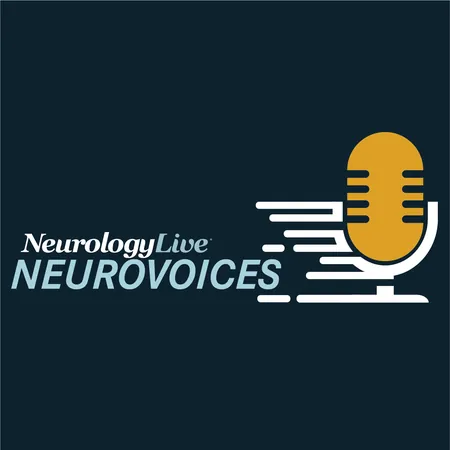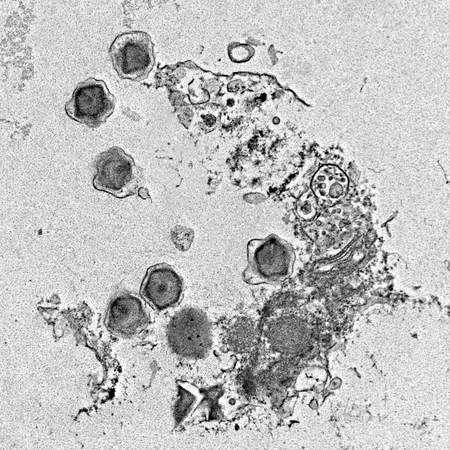
Unlocking the Mysteries of Tuberous Sclerosis: Dr. Ajay Gupta's Game-Changing Study Reveals Four Distinct Disease Clusters
2025-05-14
Author: Yu
The Complexity of Tuberous Sclerosis Complex (TSC) Unveiled
Tuberous sclerosis complex (TSC) is a perplexing genetic disorder affecting approximately 1 to 2 million individuals worldwide. This autosomal dominant condition is notorious for its diverse clinical manifestations, even among those with identical genetic mutations—a classic case of variable expressivity. To better understand this complexity, a groundbreaking study led by Dr. Ajay Gupta, a pediatric epilepsy expert at the Cleveland Clinic, has explored how clustering similar disease types can illuminate underlying patterns in TSC.
Diving Deep: A New Study on Disease Trajectories
From 2006 to 2022, Dr. Gupta's research team analyzed data from 947 patients at 18 TSC clinical centers across the U.S., utilizing 29 clinical features to uncover four unique disease clusters. These included: 1. **Angiomyolipoma-Predominant TSC** (Cluster 1) 2. **Infantile Spasms-Centered TSC** (Cluster 2) 3. **Neuropsychiatric TSC** (Cluster 3) 4. **Milder Phenotype TSC** (Cluster 4) This study represents a paradigm shift, challenging the traditional genotype-first approach in genetic research.
A Shift in Perspective: From Genotype to Phenotype
Dr. Gupta emphasized that previous studies primarily focused on correlating genetic mutations with observable symptoms. However, this study flipped the script. Instead of starting with genotype information, researchers first categorized patients by their clinical presentations and then traced back to their genetic mutations.
Exploring the Clusters: What Set Them Apart?
The study's innovation lies in its rigorous methodology, aided by the Tuberous Sclerosis Natural History Database, which has compiled extensive data since 2006. By performing an unbiased clustering analysis, researchers grouped patients without preconceived notions and then examined the resulting clusters for genetic associations. For instance: - **Cluster 1:** Patients predominantly exhibit tumors of the brain and kidneys. - **Cluster 2:** Infants suffering significant early-life seizures. - **Cluster 3:** Individuals facing neurodevelopmental challenges, including autism and learning disabilities. - **Cluster 4:** Those with minimally invasive symptoms, often diagnosed incidentally.
Genetic Insights: What Do They Mean for Patients?
Cluster analysis revealed significant patterns linking specific genetic mutations with each disease cluster. Notably, mutations in the Rho domain of TSC1 were prevalent in patients with severe tumors (Cluster 1) but rare in those with milder forms (Cluster 4). This finding allows for enhanced risk stratification and personalized monitoring strategies. Early identification of high-risk patients could lead to more aggressive surveillance protocols and treatment options.
Navigating the Overlap: A Guide, Not a Rulebook
Dr. Gupta acknowledged the inherent variability of TSC, stating that these clusters serve as guidance rather than strict classifications. Patients might exhibit characteristics from multiple clusters, making personalized treatment even more crucial. Future studies are essential for refining these clusters and understanding the complex interplay of various factors.
Bringing Innovation to Treatment and Research
The implications of this study extend beyond classification. Knowing a patient’s specific cluster could dramatically tailor treatment plans and surveillance strategies. For those in high-risk clusters, enhanced monitoring could preemptively address potentially silent tumors. The findings underscore the potential for more targeted research, particularly in selecting trial participants based on phenotypic and genotypic profiles.
In conclusion, Dr. Ajay Gupta’s work illuminates the vast complexities of TSC, paving the way for innovative therapies and precise interventions that could redefine the future of patient care.




 Brasil (PT)
Brasil (PT)
 Canada (EN)
Canada (EN)
 Chile (ES)
Chile (ES)
 Česko (CS)
Česko (CS)
 대한민국 (KO)
대한민국 (KO)
 España (ES)
España (ES)
 France (FR)
France (FR)
 Hong Kong (EN)
Hong Kong (EN)
 Italia (IT)
Italia (IT)
 日本 (JA)
日本 (JA)
 Magyarország (HU)
Magyarország (HU)
 Norge (NO)
Norge (NO)
 Polska (PL)
Polska (PL)
 Schweiz (DE)
Schweiz (DE)
 Singapore (EN)
Singapore (EN)
 Sverige (SV)
Sverige (SV)
 Suomi (FI)
Suomi (FI)
 Türkiye (TR)
Türkiye (TR)
 الإمارات العربية المتحدة (AR)
الإمارات العربية المتحدة (AR)